
2.0 Searching for a promising source of renewable energy
We have previously discussed different forms of ocean energy, hydropower, wind power, biomass and geothermal energy in detail. Finally, we realized that none of them could fulfil the ever-increasing global energy demand.
So… What sort of conclusions can we draw from our previous discussions?
Is it still realistic to expect 100% renewable energy from the aforementioned energy sources?
Before moving onto the talking point, let us go back to some important facts that we discussed in our previous articles.
- As we realized, almost all the forms ocean energy technologies are harmful to marine lives and marine ecosystem.
- Construction of hydropower plants often requires residential areas to be relocated. In addition, hydropower plants cause various environmental and ecological problems. In some cases, hydropower plants also add greenhouse gases into the atmosphere thus accelerating the climate change (biomass buried in reservoirs decomposes releasing carbon dioxide and methane).
- Operation of wind turbines may be a big nuisance for nearby residents as wind turbines create a great deal of noise. Further, it is well known that wind turbines endanger the birds. They are life-taking bird killers. Especially, large-scale implementation of wind turbines believed to have a direct link with climate change [1]. On one hand, wind turbines would reduce the consumption of fossil fuels and release of greenhouse gases thus alleviating the climate change. On the other hand, they may alter the climate at local and global scales by extracting kinetic energy of winds.
- Biomass sector competes with other industries such as agriculture for valuable fertile land and water imposing a lot of pressure on food security, biodiversity and water supply.
- Use of geothermal energy leads to water and air pollution. In addition, many believe that geothermal plants create micro seismic waves.
Now let us take a look at the following table. It encapsulates the maximum amount of power that could be harnessed from various energy sources, according to our previous discussions.
| Energy source | Worldwide power potential (TW) | Nature of the energy source | Derived by |
| 1. Ocean thermal energy | 10 [2] | Marine energy (Indirect solar energy) | Sun |
| 2. Wave power | 2 [2] | Marine energy (Indirect solar energy) | Sun |
| 3. Tidal power | 3 [3] 90 GW | Marine energy | Gravitational pull of Earth-Sun and Earth-moon systems |
| 4. Osmosis power | 2.6 [4] | Marine energy (Indirect solar energy) | Sun |
| 5. Hydropower | 2.36 [5] | Indirect solar energy | Sun |
| 6. Wind power | 71 [6] 4.5 TW | Indirect solar energy | Sun |
| 7. Biomass | 5 by 2050 [7] | Indirect solar energy | Sun |
| 8. Geothermal electricity | 2 [8] | Continuous heat flow from Earth’s interior to surface | Primordial & radiogenic heat |
Conclusion
- According to the table, wind power seems to be the only source of renewable energy of which technically viable power potential (71 TW) exceeds the current entire power demand (17.5 TW [9]). The maximum harvestable amount of power from wind is, however, less than the technical potential due to the fact that certain areas such as deep ocean, and environmentally/ ecologically, sensitive areas are unavailable for installing wind turbines. Such constraints obviously limit the practically harvestable wind power capacity. Although the economically viable amount of wind power is still uncertain many researchers have estimated its value at 2 TW (with current technology) [10]. In addition, wind power stations require a great deal of initial investment and large-scale energy storage as we discussed earlier.
- OTEC also seems to be a good candidate whose power potential is slightly greater than half the current power demand. However, OTEC technology is still not economically viable.
- Economically reachable tidal power capacity is estimated at about 0.09 TW (90 GW) [11] whereas technically viable tidal power potential is 3 TW. Moreover, almost all the forms of ocean energy require a great deal of capital investment and advanced technology.
- The worldwide hydropower electricity generation capacity was 1.01 TW (1010 GW) as of 2012 [12]. So, hydropower electricity generation has already reached a notable level.
- Biomass would reportedly be able to provide up to 5 TW by 2050. But it is very important to realize that biomass is sustainable if and only if we plant trees at the same or higher rate than we harvest biomass.
- As we realized in the previous article, economically viable geothermal electricity potential would be in the range of 1-2 TW. So, geothermal electricity would contribute merely 3.1% to the global energy demand by 2100. [8]
So,… as we all can realize, none of the above energy sources would be sufficient/ economically viable to fulfil the entire global energy demand which has been estimated to be 63 TW by 2100 [9].
Are there any other potential solutions?
Of cause!
We really do have a potential renewable energy source which can admittedly provide energy more than enough to fulfill the entire world’s energy demand!
It is already around us!
It would be definitely the best of the bunch though we have access to dozens of other renewable energy sources!
What is it?
Let us discuss it in detail from the next article.
-
Keith, D. W., DeCarolis, J. F., Denkenberger, D. C., Lenschow, D. H., Malyshev, S. L., Pacala, S., and Rasch, P. J. (2004). The influence of large-scale wind power on global climate. Proceedings of the national academy of sciences of the United States of America, 101(46), 16115-16120.
-
Pelc, R., and Fujita, R. M. (2002). Renewable energy from the ocean. Marine Policy, 26 (6), 471-479.
-
Sheth, S., and Shahidehpour, M. (2005, June). Tidal energy in electric power systems. In Power Engineering Society General Meeting, 2005. IEEE(pp. 630-635). IEEE.
-
Jones, A. T., and Finley, W. (2003, September). Recent development in salinity gradient power. In Oceans 2003. Proceedings(Vol. 4, pp. 2284-2287). IEEE.
-
Kaygusuz, K. (2002). Sustainable development of hydropower and biomass energy in Turkey. Energy Conversion and Management, 43 (8), 1099-1120.
-
Kempton, W., Pimenta, F. M., Veron, D. E., and Colle, B. A. (2010). Electric power from offshore wind via synoptic-scale interconnection. Proceedings of the National Academy of Sciences, 107 (16), 7240-7245.
-
Schiermeier, Q., Tollefson, J., Scully, T., Witze, A., and Morton, O. (2008). Energy alternatives: Electricity without carbon. Nature News, 454 (7206), 816-823.
-
Stefansson, V. (2005, April). World geothermal assessment. In Proceedings of the world geothermal congress(pp. 24-29).
-
Hu, A., Levis, S., Meehl, G. A., Han, W., Washington, W. M., Oleson, K. W., and Strand, W. G. (2016). Impact of solar panels on global climate. Nature Climate Change, 6 (3), 290-294.
-
Goswami, D. Y. (2008). A review and future prospects of renewable energy in the global energy system. In Proceedings of ISES World Congress 2007 (Vol. I–Vol. V)(pp. 3-10). Springer, Berlin, Heidelberg.
-
Esteban, M., & Leary, D. (2012). Current developments and future prospects of offshore wind and ocean energy. Applied Energy, 90(1), 128-136.
-
Sueyoshi, T., and Goto, M. (2017). World trend in energy: an extension to DEA applied to energy and environment. Journal of Economic Structures, 6(1), 13.

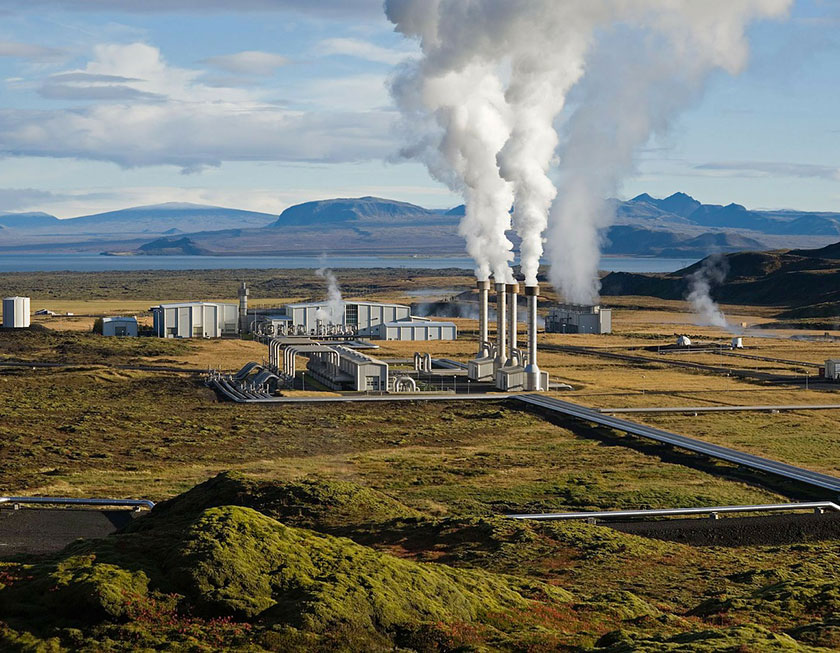
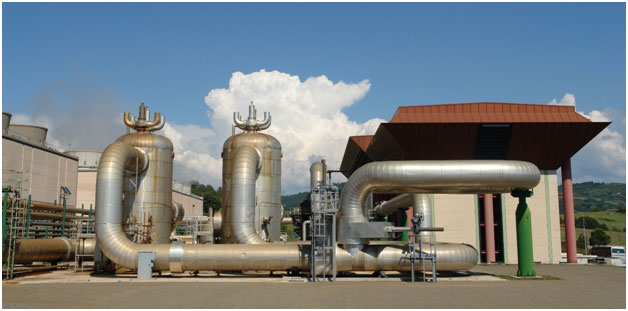


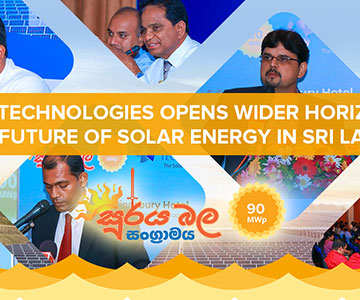
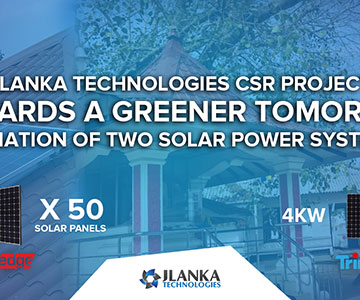
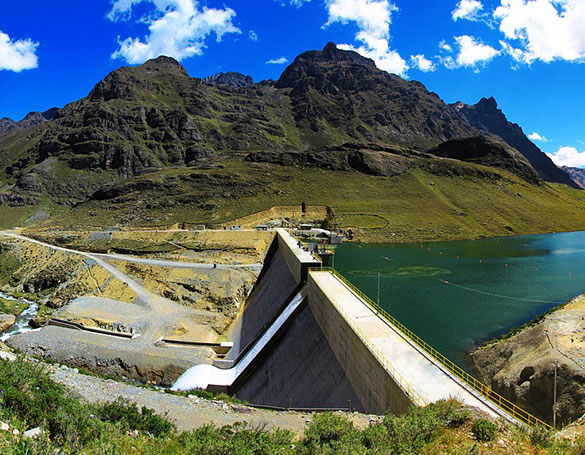




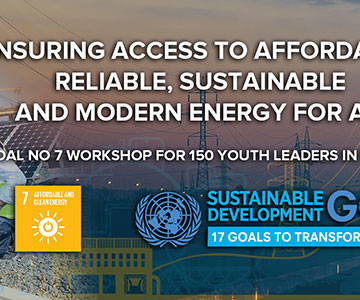

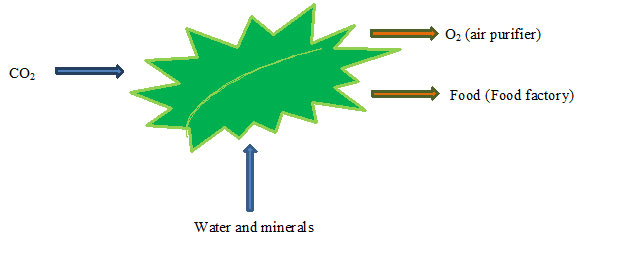
Recent Comments